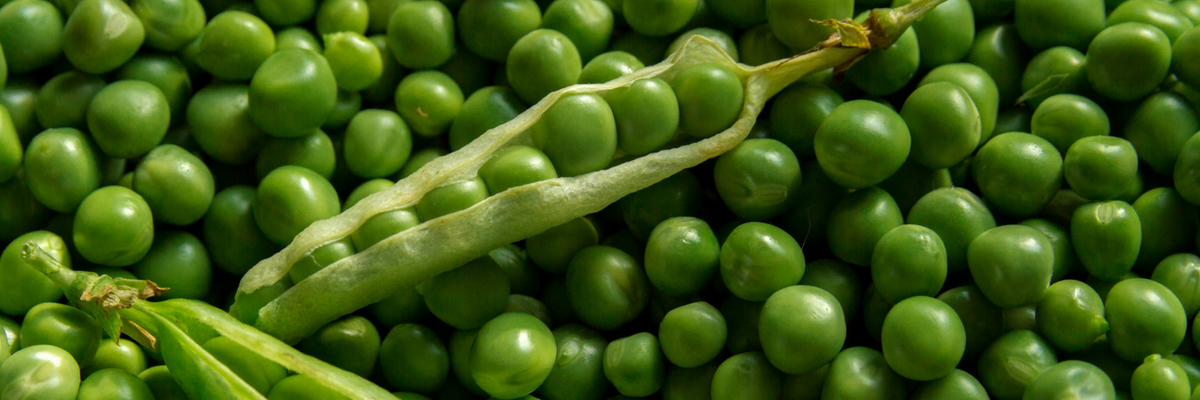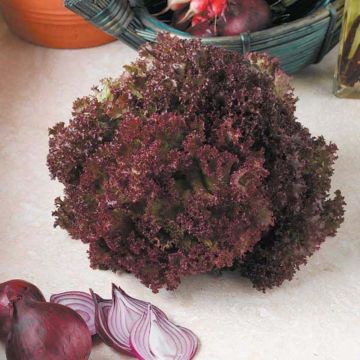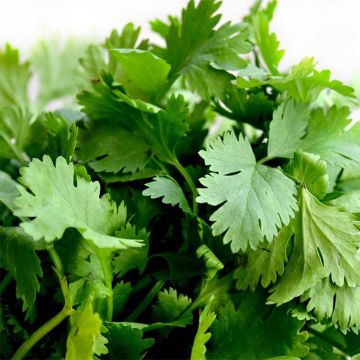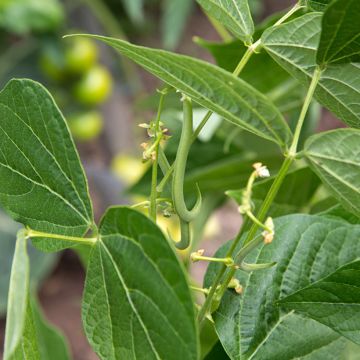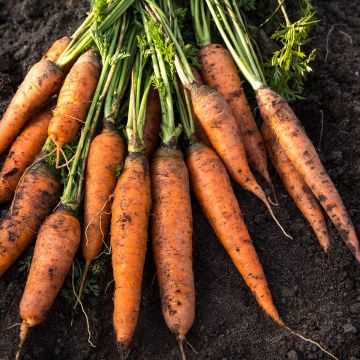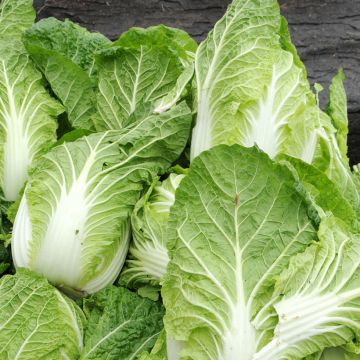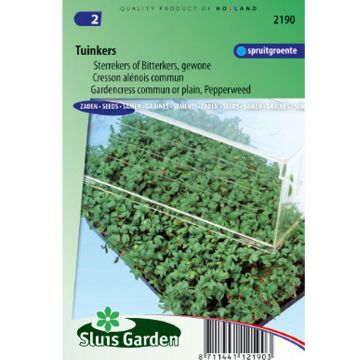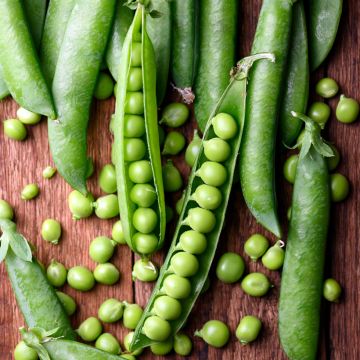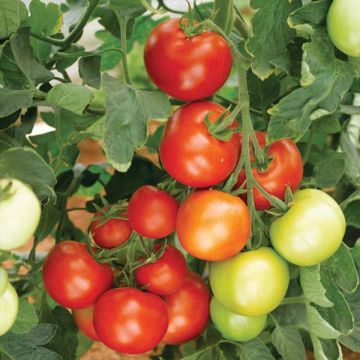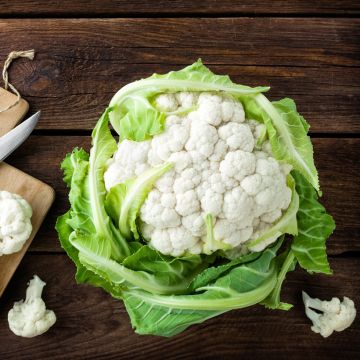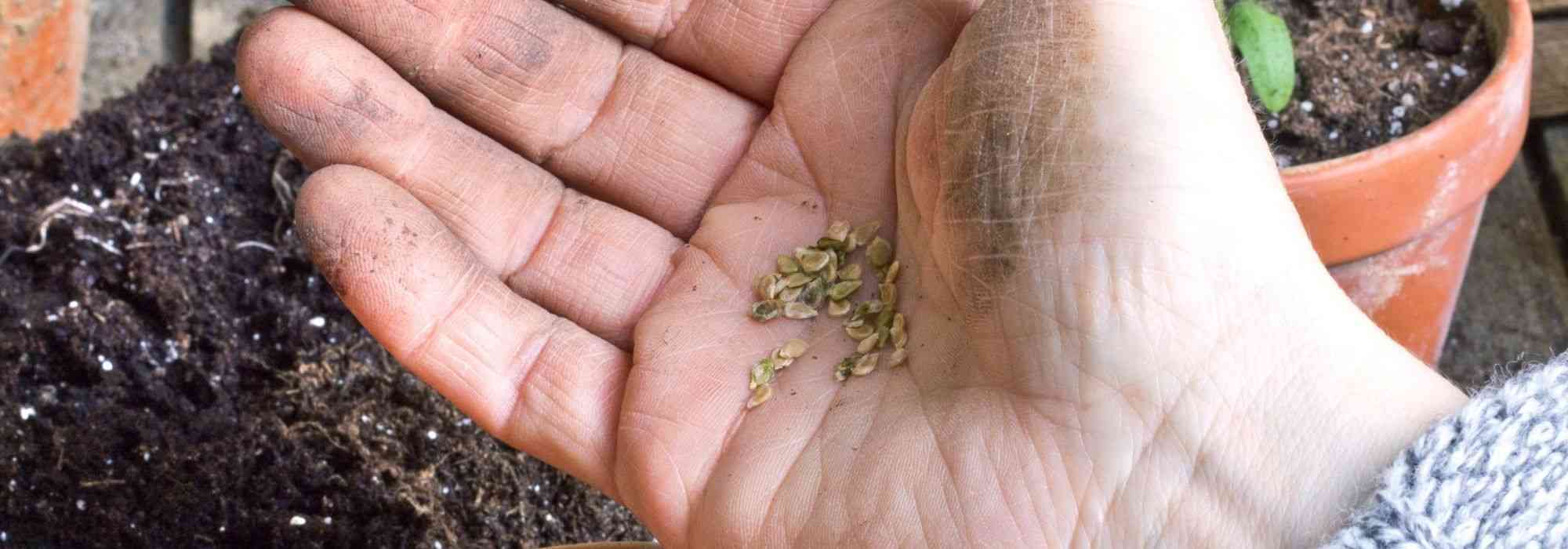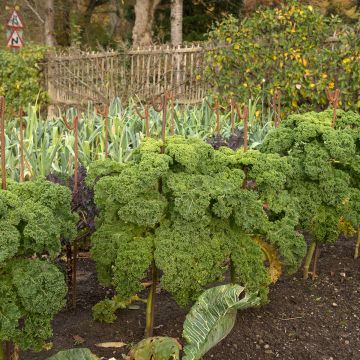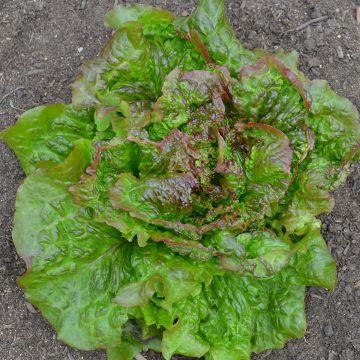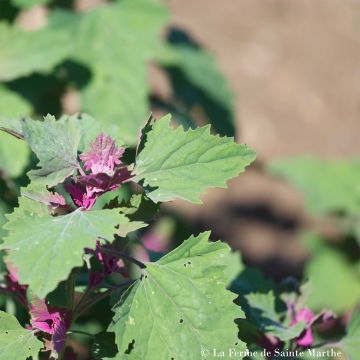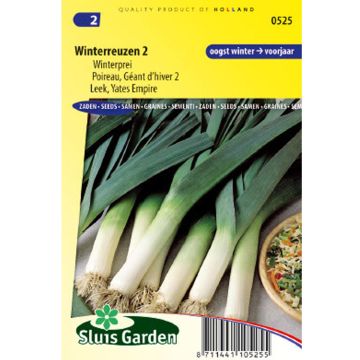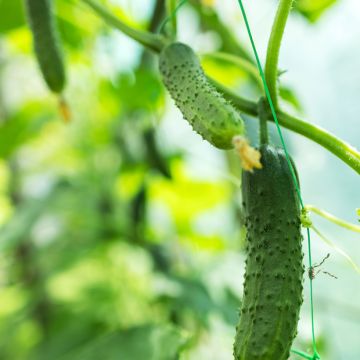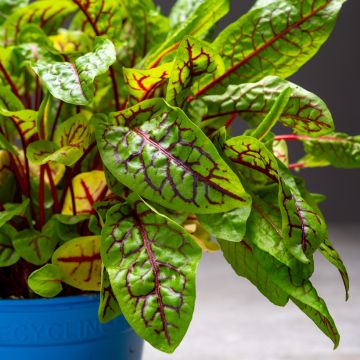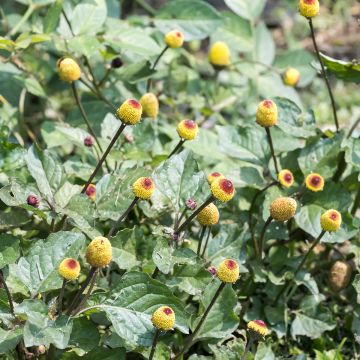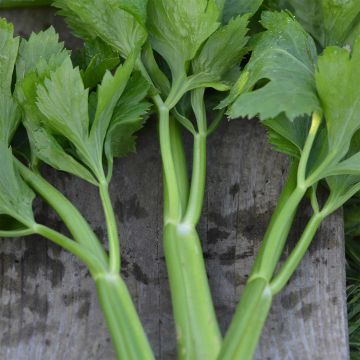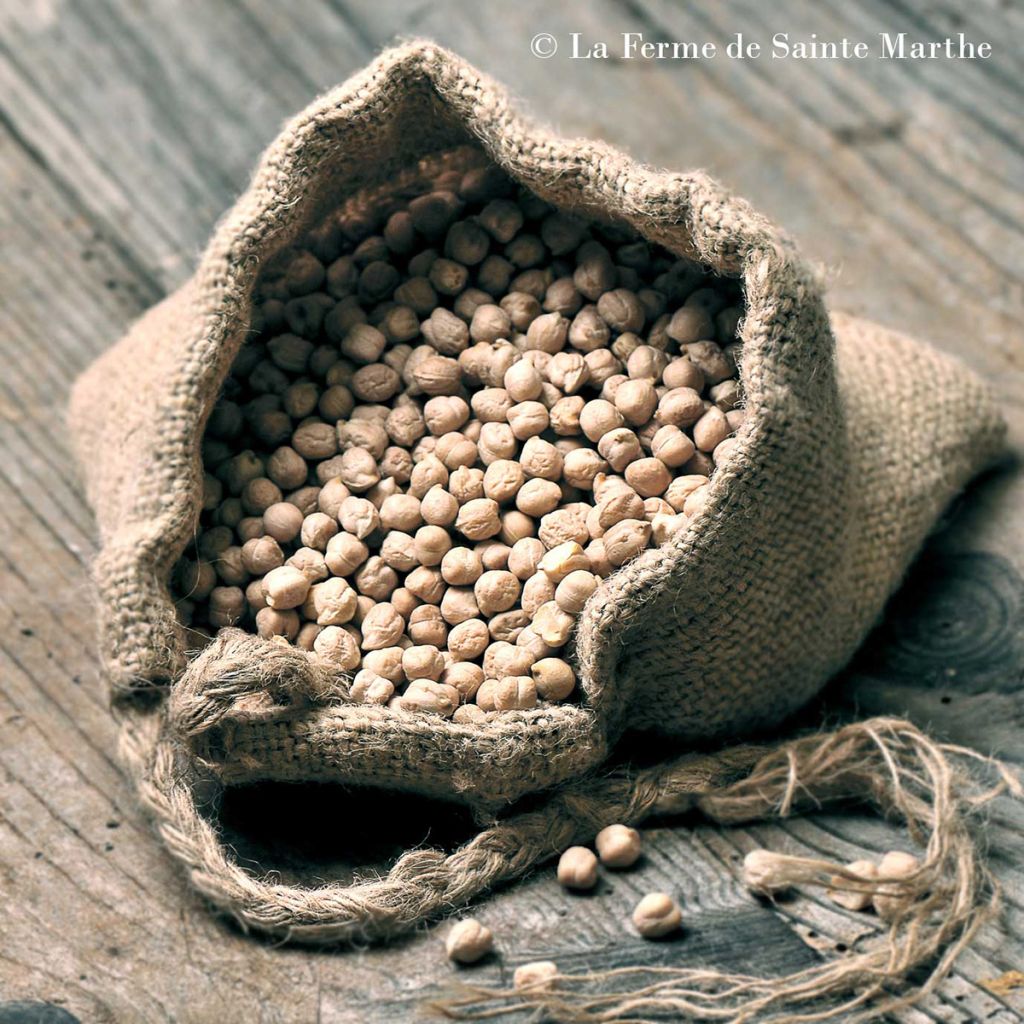

Cicer arietinum Pascia


Cicer arietinum Pascia
Cicer arietinum Pascia
Cicer arietinum Pascia
Planted in Nancy. Attract many local gardeners!!! Grow easily, do not require too much watering. Let dry and harvest. The shelling is long. We harvested two one-litre jars. One to two peas per pod. I will plant them again next year. Other gardeners will also plant them.
Jean-Yves, 10/11/2020
Special offer!
Receive a €20 voucher for any order over €90 (excluding delivery costs, credit notes, and plastic-free options)!
1- Add your favorite plants to your cart.
2- Once you have reached €90, confirm your order (you can even choose the delivery date!).
3- As soon as your order is shipped, you will receive an email containing your voucher code, valid for 3 months (90 days).
Your voucher is unique and can only be used once, for any order with a minimum value of €20, excluding delivery costs.
Can be combined with other current offers, non-divisible and non-refundable.
Home or relay delivery (depending on size and destination)
Schedule yourself the delivery date,
and choose your date in cart
This plant benefits a 6 months rooting warranty
More information
We guarantee the quality of our plants for a full growing cycle, and will replace at our expense any plant that fails to recover under normal climatic and planting conditions.
Description of Cicer arietinum Pascia
The Pascia chickpea is an annual vegetable plant with herbaceous stems that are 40 cm (16in) tall, it is a sturdy and hardy variety. Cultivated for its yellow pods that contain 1 to 2 beige seeds, chickpeas are used in the preparation of many Mediterranean dishes. Sow from March to June for a harvest 5 months later.
Chickpeas have been cultivated for a long time in the Middle East, Turkey, and Syria. They are believed to have arrived in Europe during the Middle Ages with the Crusaders. They can be consumed hot or cold in salads and as a "vegetable" in couscous, added to stews, soups, or mashed to make hummus or falafel. Chickpeas have a high content of digestible carbohydrates and a high percentage of plant proteins.
Chickpeas require a supply of well-decomposed compost (2 kg/m²) in early spring.
Harvest: The harvest takes place 5 to 6 months after sowing, starting in August. The pods should burst between the fingers, indicating that the chickpeas are ready to be harvested.
Storage: Once the chickpeas have been shelled, dry them for a few hours in the sun and store them in a dry place away from light in a jar or paper bag.
Gardener's tip: Birds love young chickpea seedlings and the foliage of adult plants. Protect the beds with a net or scarecrow.
Gardener's tip: Chickpeas, like all legumes, have the ability to fix atmospheric nitrogen in the soil, acting as a green fertilizer. This nitrogen input benefits both nearby plants and those that will be planted afterwards in a crop rotation system.
Harvest
Plant habit
Foliage
Botanical data
Cicer
arietinum
Pascia
Fabaceae
Cultivar or hybrid
Annual
Other Chickpea seeds
View All →Planting of Cicer arietinum Pascia
Sowing from March to June.
Pea seeds can be sown in rows spaced 40 cm (16in) apart, in a flat furrow 5 cm (2in) wide and 1 cm (0in) deep, with the seeds placed every 10 cm (4in). The seeds are then covered with a little fine soil. The rows are lightly firmed with the back of a rake. Germination takes about 8 days.
Once germination has occurred, thin the rows, leaving one young plant every 25 cm (10in).
Maintenance.
To prevent diseases that attack chickpeas, such as powdery mildew or rust, it is important to regularly hoe and weed.
Mulching the soil is beneficial. Peas do not like dry soil. Three weeks after germination, mound the soil around the base of the pea plants and provide support using ramified branches or a trellis netting available in stores.
Chickpeas are considered a green manure, as they are an improving plant that adds nitrogen to the soil.
Seedling
Care
Where to plant?
Planting & care advice
-
, onVetted order
Response from on Promesse de fleurs
Similar products
You have not found what you were looking for?
Hardiness (definition)

Photo Sharing Terms & Conditions
In order to encourage gardeners to interact and share their experiences, Promesse de fleurs offers various media enabling content to be uploaded onto its Site - in particular via the ‘Photo sharing’ module.
The User agrees to refrain from:
- Posting any content that is illegal, prejudicial, insulting, racist, inciteful to hatred, revisionist, contrary to public decency, that infringes on privacy or on the privacy rights of third parties, in particular the publicity rights of persons and goods, intellectual property rights, or the right to privacy.
- Submitting content on behalf of a third party;
- Impersonate the identity of a third party and/or publish any personal information about a third party;
In general, the User undertakes to refrain from any unethical behaviour.
All Content (in particular text, comments, files, images, photos, videos, creative works, etc.), which may be subject to property or intellectual property rights, image or other private rights, shall remain the property of the User, subject to the limited rights granted by the terms of the licence granted by Promesse de fleurs as stated below. Users are at liberty to publish or not to publish such Content on the Site, notably via the ‘Photo Sharing’ facility, and accept that this Content shall be made public and freely accessible, notably on the Internet.
Users further acknowledge, undertake to have ,and guarantee that they hold all necessary rights and permissions to publish such material on the Site, in particular with regard to the legislation in force pertaining to any privacy, property, intellectual property, image, or contractual rights, or rights of any other nature. By publishing such Content on the Site, Users acknowledge accepting full liability as publishers of the Content within the meaning of the law, and grant Promesse de fleurs, free of charge, an inclusive, worldwide licence for the said Content for the entire duration of its publication, including all reproduction, representation, up/downloading, displaying, performing, transmission, and storage rights.
Users also grant permission for their name to be linked to the Content and accept that this link may not always be made available.
By engaging in posting material, Users consent to their Content becoming automatically accessible on the Internet, in particular on other sites and/or blogs and/or web pages of the Promesse de fleurs site, including in particular social pages and the Promesse de fleurs catalogue.
Users may secure the removal of entrusted content free of charge by issuing a simple request via our contact form.
The flowering period indicated on our website applies to countries and regions located in USDA zone 8 (France, the United Kingdom, Ireland, the Netherlands, etc.)
It will vary according to where you live:
- In zones 9 to 10 (Italy, Spain, Greece, etc.), flowering will occur about 2 to 4 weeks earlier.
- In zones 6 to 7 (Germany, Poland, Slovenia, and lower mountainous regions), flowering will be delayed by 2 to 3 weeks.
- In zone 5 (Central Europe, Scandinavia), blooming will be delayed by 3 to 5 weeks.
In temperate climates, pruning of spring-flowering shrubs (forsythia, spireas, etc.) should be done just after flowering.
Pruning of summer-flowering shrubs (Indian Lilac, Perovskia, etc.) can be done in winter or spring.
In cold regions as well as with frost-sensitive plants, avoid pruning too early when severe frosts may still occur.
The planting period indicated on our website applies to countries and regions located in USDA zone 8 (France, United Kingdom, Ireland, Netherlands).
It will vary according to where you live:
- In Mediterranean zones (Marseille, Madrid, Milan, etc.), autumn and winter are the best planting periods.
- In continental zones (Strasbourg, Munich, Vienna, etc.), delay planting by 2 to 3 weeks in spring and bring it forward by 2 to 4 weeks in autumn.
- In mountainous regions (the Alps, Pyrenees, Carpathians, etc.), it is best to plant in late spring (May-June) or late summer (August-September).
The harvesting period indicated on our website applies to countries and regions in USDA zone 8 (France, England, Ireland, the Netherlands).
In colder areas (Scandinavia, Poland, Austria...) fruit and vegetable harvests are likely to be delayed by 3-4 weeks.
In warmer areas (Italy, Spain, Greece, etc.), harvesting will probably take place earlier, depending on weather conditions.
The sowing periods indicated on our website apply to countries and regions within USDA Zone 8 (France, UK, Ireland, Netherlands).
In colder areas (Scandinavia, Poland, Austria...), delay any outdoor sowing by 3-4 weeks, or sow under glass.
In warmer climes (Italy, Spain, Greece, etc.), bring outdoor sowing forward by a few weeks.






























